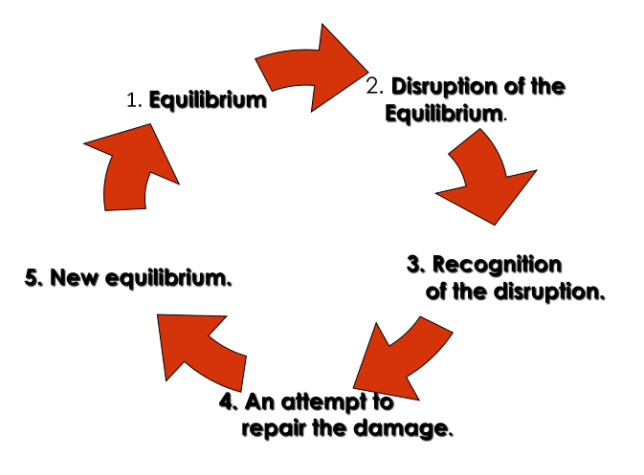
This is the questionnaire that I gave out to people
https://www.surveymonkey.co.uk/r/C2XYSLL
This questionnaire contained 9 questions about the horror genre. I did this questionnaire so I can fin out peoples opinions about horror films and to find out why horror films are scary.
I will break each questions responses down to see what the majority went with.
1) what age rating do you expect a horror film to be?
12
12A
15
18
100% of the respondents all went with the 15 category. This is as there isn't as much violence in 12 rated films but a 15 can however. The BBFC (British Board of Film Classification) sais that 15 films can include: threat, violence and sex. 12 films however only have small amounts of violence and no emphasis on injuries or blood. This research is useful to question 2 as question 2 asks about their favourite horror sub-genre.
2) What of these genres do you prefer most in horror films?
Blood and gore
Psychological
Thriller
Monster based
The answers were very mixed. 40% of the respondents answered blood and gore. 20% of people went for each other category. This shows that there is not one traditional horror genre. In fact, people like a mix of different sub-genres. Blood and gore got the majority and blood and gore is featured in a 15 film which shows a clear match between the two. So far, the assumption I can make is that a good horror film has violence.
3) Do you think jump scares are essential to horror films?
80% of the respondents said that jump scares are essential to horror films. I personally don't believe that jump scares are essential because a good atmosphere can make the film scary, however most horror films now have jump scares as they are used to make the atmosphere tense and to scare the audience suddenly. Some argue however that they are cliché as jump scares tend to be very predictable as the music tends to cut, followed by silence, then a big music sting that frightens the audience. From my responses, I can make the assumption people enjoy jump scares and they have a positive impact on the film. The other 20% said that they are only essential if they assist the storyline, not just to scare the audience. This also shows that some people don't like jump scares to make the audience jump as they are a 'cheap' way of making the audience feel scared.
4) What do you dislike most about horror films?
For this question it was spilt equally among 5 different choices: Jump scares, no storyline to them, repeated storylines, predictable and clichés. This shows that horror films typically follow a certain structure as if they don't like conventions of horror films, they must happen a lot.
5) In your opinion, what makes horror films scary?
Despite jump scares being the most disliked convention of horror films, they are the most scary convention of horror films according to my questionnaire. This shows that jump scares are seen as a 'cheap' scare and that verisimilitude and a good storyline is the best way to scare people. From this, I can make the assumption that jump scares are both the most effective but also the most disliked convention.
6) Are horror films more scary if the villain wears some kind of mask?
60% agreed that masks somewhat make the film more scary. This is because not establishing a face to the villain is scary as you re uncertain as to who is the villain. This also makes the characters somewhat more iconic as for example Saw has the jigsaw mask which is iconic to the saw franchise. This means that having a mask will somewhat make the film more scary.
7) What would you expect in an opening to a horror film?
There were a few different answers for what is expected. They were as follows:
A image of the main character, story background, some sort of killing and jump into the action with a false set of security. Due to there being lots of different responses, it shows that not all horror films would start the same and that it is down to the directors choice of how he wants to do the opening to a horror film. Introducing the main character however was the most popular answer which tells you that being introduced to the characters is one of the most important conventions of an opening.
8) What is your favourite horror film?
All the films were different. They are as follows: Saw 3, Scary movie, Insidious. The Others and Shawn of the Dead. I cant make any assumptions based on this as al the films are different and some are of different horror sub genres.
9) What makes the chosen film your favourite?
Again since all the films were different, all the answers were different. The answers were as follows: Lots of blood and realistic, has a comedy element, good storyline, ghost film with a twist and scary but didn't give me nightmares. From these results all that I can tell is that people enjoy horror films for different reasons. Which doesn't draw me to any valid conclusion.


















